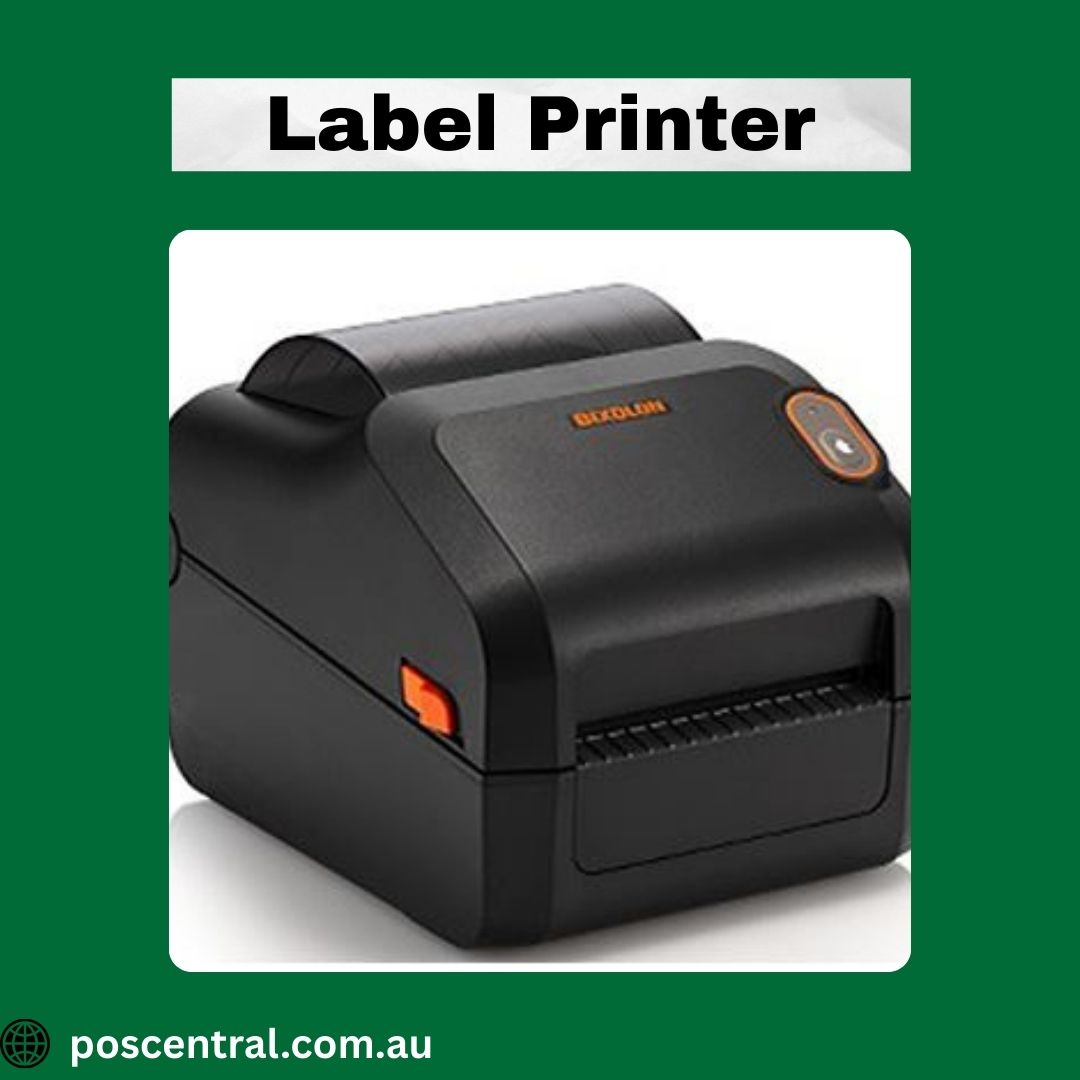In today’s fast-moving business world, having the right tools makes all the difference. A label printer is one such tool that helps keep things organized and running smoothly. Whether you run a retail store, manage a warehouse, or ship products regularly, choosing the right label printer can boost productivity and save time.
This easy-to-follow guide will walk you through everything you need to know before buying a label printer for your business.

Why a Label Printer Is a Business Essential
A label printer is more than just a machine that prints barcodes or price tags. It plays a key role in how your products are tracked, stored, shipped, and even sold. Labels are used for shipping, product packaging, shelf tags, inventory, and more. A good label printer ensures clarity, speed, and accuracy—three things every business needs.
Types of Label Printers
Before choosing one, it helps to understand the basic types of label printers:
1. Desktop Label Printers
These are ideal for small businesses or workspaces with limited room. They’re compact, easy to use, and perfect for printing a moderate volume of labels.
2. Industrial Label Printers
Built for heavy-duty use, these printers are designed for large warehouses or manufacturing plants. They can handle high-volume printing and work well in tough environments.
3. Mobile Label Printers
If your work involves printing labels on the go (like in logistics or field services), mobile label printers are a great choice. They’re lightweight, portable, and battery-operated.
4. Color Label Printers
Need full-color labels for branding or packaging? These printers create high-quality, vibrant labels that catch the eye—perfect for product packaging and marketing.
What to Consider Before Buying
Here are the main factors to keep in mind when selecting the best label printer for your business:
1. Your Labeling Needs
Ask yourself: What kind of labels will you be printing? Shipping labels, price tags, barcode labels, or product labels? The answer will help you pick the right size, print speed, and resolution.
2. Volume of Printing
How many labels do you need to print daily? If it’s just a few dozen, a desktop printer should do the job. For hundreds or thousands per day, look for a more powerful machine like an industrial model.
3. Label Size and Type
Some printers support a fixed range of label sizes, while others allow flexibility. Also, consider if you need adhesive labels, waterproof labels, or labels made for special surfaces.
4. Print Resolution
If your labels need to include small text or images, choose a printer with high resolution. A resolution of 203 DPI is fine for standard needs, while 300 DPI or more is better for detailed graphics.
5. Ease of Use
Your team shouldn’t need hours of training to use the printer. Look for a label printer that offers a simple setup, easy label loading, and clear instructions.
6. Connectivity Options
Make sure the printer connects easily with your devices. Common options include USB, Ethernet, Wi-Fi, and Bluetooth. Some models even support printing directly from mobile apps.
7. Speed and Efficiency
A slow printer can delay operations. Check the print speed, especially if your business handles large volumes of labels. A good balance of speed and quality is essential.
8. Software Compatibility
Ensure the label printer works with your existing systems. Many printers come with their own software, but it’s always good to verify compatibility with your inventory or POS software.
9. Durability
For long-term use, pick a printer built with quality materials. If it’s going to be used in rough environments, choose a model that can handle dust, moisture, and frequent use.
10. Budget and Running Costs
While it’s important to stay within budget, don’t go for the cheapest option without checking the cost of replacement labels, maintenance, and support. Sometimes a slightly higher upfront cost can lead to long-term savings.
Features That Add Extra Value
Some label printers offer extra features that can make a real difference:
-
Auto-cutter: Cuts labels cleanly after printing—handy for high-volume jobs.
-
Touchscreen control panels: Make settings easier to manage.
-
Multiple language support: Helpful if your team includes non-English speakers.
-
Cloud or mobile app integration: Makes printing from multiple devices easier.
Common Mistakes to Avoid
To get the most from your purchase, avoid these common errors:
-
Buying based only on price without checking specs
-
Ignoring the ongoing cost of labels or ribbons
-
Choosing the wrong label size for your needs
-
Overlooking warranty and service support
-
Not checking if the printer fits into your current system
How to Maintain Your Label Printer
Like any device, label printers need regular care:
-
Keep the print head clean to ensure sharp prints.
-
Store it in a clean, dry area away from dust and moisture.
-
Use the right labels and ribbons as recommended by the manufacturer.
-
Follow the setup and usage instructions properly to avoid jams and damage.
These steps help your printer last longer and perform better.
Final Thoughts: The Right Printer Makes a Difference
Choosing the right label printer can boost your workflow, save time, and help you deliver better service to your customers. Instead of treating it as just another machine, think of it as a partner in your daily business operations.
Also Read:
Top Features to Look for in a Barcode Scanner in 2025